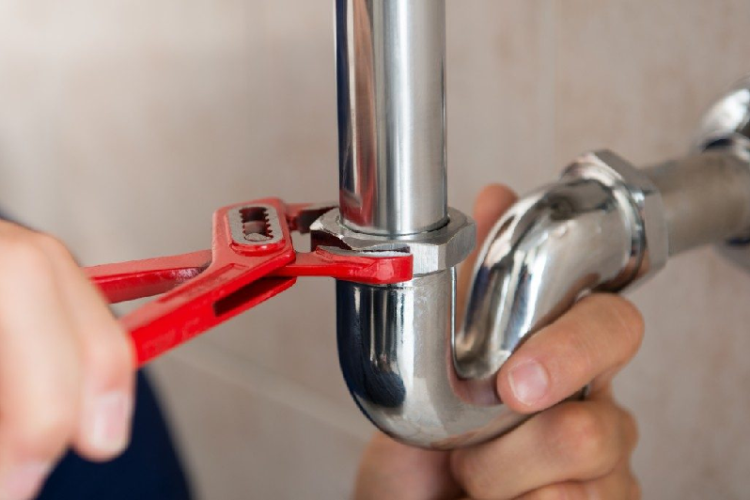We can’t emphasize this enough: All members of the family, including your four-legged pets, must have good hygiene, besides excellent nutrition and regular exercise, to keep them in their best shape and health.
Yes. It is highly important that we also treat our pets like our own children, who need to be properly taken care of at all times. One way to realize this is grooming them regularly. This is particularly true for dog lovers because dogs, most especially the big hairy ones, definitely need consistent grooming.
Part of grooming is to bathe the dogs. This is to make sure our dogs do not only appear nice and fresh on the outside but also smell just as pleasantly as they look. Certainly, many pet-loving homeowners in America have now come to see the benefits of having their pets groomed at home rather than in a groomer’s shop. Why spend so much money to get your dog groomed when you yourself can do it in the comfort and safety of your own household?
Tips to Grooming Dogs without Harming Your Plumbing
While bathing your dog at home is fun and great, it can also affect your plumbing especially if dog hairs are rinsed down your drain. Don’t worry though. You can do certain measures to prevent damaging your pipes while grooming your dogs. Consider the following tips:
1. Brush. Brush. Brush.
You can make use of brushes like a pin brush or a slicker brush. Brushing your dog every day helps remove dead hairs, which are the ones that easily get shed during the bathing process. The more hair loss there is during bath, the more risky it is for your drain. That is why dog owners are advised to brush their dog’s hair thoroughly prior to bath time because doing so will initially loosen hair, as well as take away other debris, and there will be less dead hair being built up during the actual bath. Most of all, religiously brushing your dog’s hair encourages fresh growth of healthy hair. If your wish is to achieve a healthy coat for your dog, all it takes is just some regular and thorough brushing.
2. De-shed.
Using a deshedder, de-shed your favorite dog before bath to get rid of excess loose hair and its undercoat. Again, the purpose is to lessen hair loss which can be bad for your drain. Of course, make sure to consult with a professional as to what de-shedding and brushing tools are best for that particular dog of yours.
3. Set up a bathing station at home using a portable water heater to give your dog a warm delightful bath anywhere you want.
Thanks to the advent of present day technology, tank and tankless water heaters are now available in the market to make bathing your dogs at home a lot more convenient. Outdoor bathing is a good way for you to do away with potential plumbing issues that can happen when you bathe your dog in the tub indoors. Now, the new mini-tank electric hot water heater by EcoSmart allows for a cost-effective and efficient way to bathe your dogs outdoors or wherever you want to install the water heater. The good thing about this state-of-the-art water heater is that you no longer have to wait for the hot water to come to your faucet like you do with normal water heaters. You don’t need pumps and circulating lines for this, too. With EcoSmart, you just need to tap into your water line and have the heater installed at your sink. Most of all, you can also save money as your water heating costs will be diminished by up to 50%. Basically, you save three things using this portable water heater—space, energy, and money.
4. Set up a dry tub.
If you can install a wash station for your pet, then a dry station would be just as fitting. You only need a clean foam mat topped with a dry towel where you can place your dog right after giving it a bath. Of course, have a spare towel ready for wiping and drying off your dog.
Grooming your dogs is best achieved using these methods. Still, you must not forget to protect your plumbing by watching out for dog hairs while bathing your dog in the tub. As much as you can, use your fingers to pick out any hair loss before you unload or drain the water. You may also opt to use a baby wipe or strainers to catch any hair loss and protect your drains from clogging.


